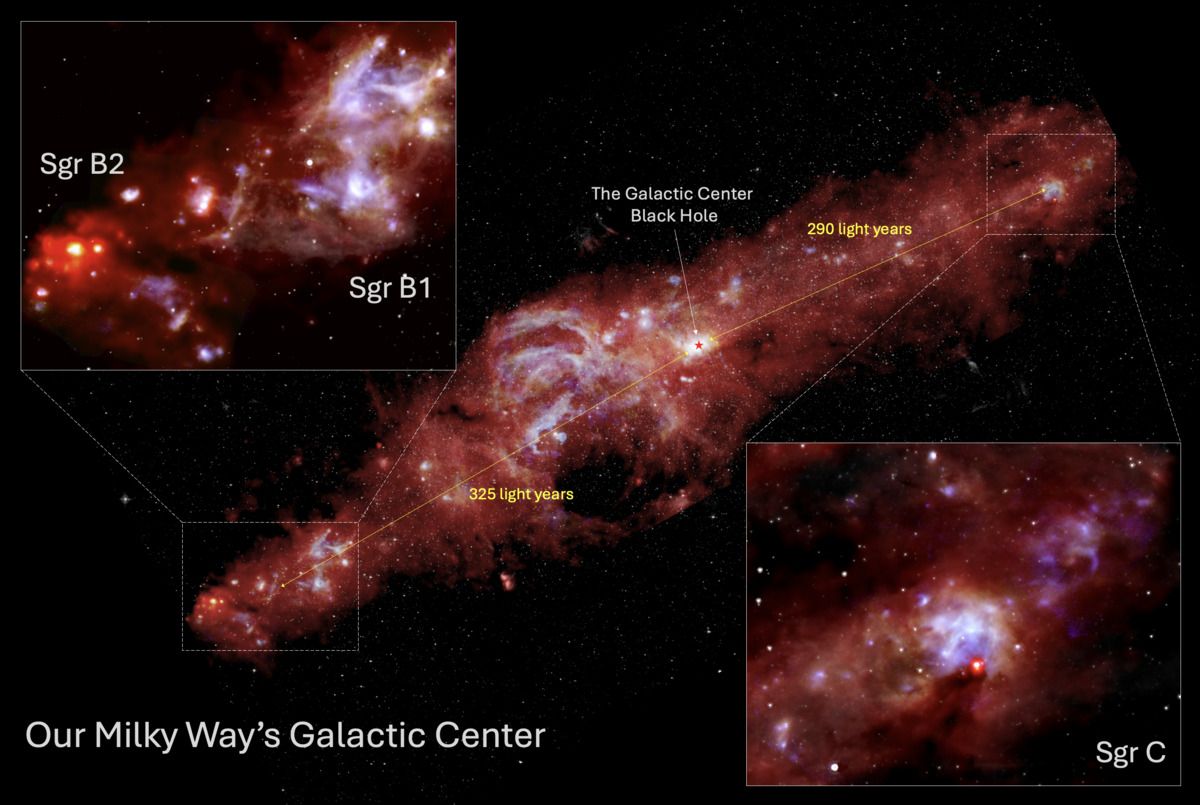
A detailed infrared view of the Galactic Center region of our Milky Way Galaxy. These infrared images are sensitive to the presently forming massive stars there as well as the emission from cool regions of dust and gas orbiting our Galactic Center’s supermassive black hole (marked by the red star symbol). The star-forming regions that were studied – Sgr B1 & B2 and Sgr C – are contained in the boxes, and are shown as zoomed-in regions for a more detailed look. The study found that massive stars are indeed presently forming in the Galactic Center, but confirm recent studies suggesting that stars in general are forming there at a relative low rate. Our Sun lies 26,000 light years from our Galactic Center, but Sgr B1, B2 and C are orbiting the Galactic Center at only about 300 light years. The fast orbits of these regions and their extreme closeness to the energetic and chaotic Galactic Center negatively impacts the star formation process in these star-forming regions. In particular, they top out at a relatively lower stellar mass compared to other similar-scale star-forming regions in the rest of the Galaxy and produce fewer massive stars. These images are made from data from the Stratospheric Observatory for Infrared Astronomy (SOFIA), the Spitzer Space Telescope, and the Herschel Space Observatory. Image credit: J. De Buizer (SETI) / SOFIA / Spitzer / Herschel.
June 9, 2025, Mountain View, CA – New research led by Dr. James De Buizer at the SETI Institute and Dr. Wanggi Lim at IPAC at Caltech revealed surprising results about the rate at which high-mass stars form in the Galactic Center of the Milky Way. The researchers based their study primarily on observations from NASA's now-retired SOFIA airborne observatory, focusing on three star-forming regions—Sgr B1, Sgr B2, and Sgr C—located at the heart of the Galaxy. Although the central part of our Galaxy has a much higher density of star-forming material than the rest of the Milky Way, in the Galactic Center, the current rate of formation of massive stars (those larger than 8 times the mass of our Sun) appears to be lower compared to the rest of the Galaxy.
The team compared these three Galactic Center star-forming regions to similar-sized regions further out in the Galaxy, including those closer to our Sun, and confirmed that the rate of star formation is below average near the Galactic Center. Their study finds that despite the Galactic Center’s dense clouds of gas and dust, conditions that typically produce stars with high masses, these star-forming regions struggle to form high-mass stars. Furthermore, the studied areas appear to lack sufficient material for continued star formation, suggesting such regions effectively produce just one generation of stars, unlike typical star-forming regions.
“Recent studies have concluded that star formation is likely depressed near the Galactic Center, and even that there may be no present star formation occurring there,” said De Buizer, lead author of the study. “Since presently-forming massive stars are brightest at long infrared wavelengths, we obtained the highest resolution infrared images of our Galaxy’s central-most star-forming regions. The data show that, contrarily, massive stars are presently forming there, but confirm at a relatively low rate.”
The study suggests that the reason for the slowdown in star formation is due to the extreme conditions in the Galactic Center. These regions orbit swiftly around the black hole at the center of the Galaxy, interacting with older stars and possibly with other material falling toward the black hole. These conditions could inhibit gas clouds from holding together long enough to form stars in the first place and prevent those that do form stars from staying together long enough for continued future star formation.
However, Sgr B2 appears to be the exception. Although its rate of present massive star formation is unusually low, like the other Galactic Center regions studied, it seems to have maintained its reservoir of dense gas and dust, allowing for a future emergent star cluster to be born.
Traditionally, astronomers have viewed giant H II regions—large clouds of gas, mainly hydrogen, in space like Sgr B1 and Sgr C—as hosts of massive star clusters still embedded in their birth clouds. This study challenges that assumption. The team argues these two regions may not fit the classical definition at all, or they may represent a new, previously unrecognized category of stellar nursery.
Enshrouded in gas and dust that obscure these star-forming regions from view in all but the longest infrared wavelengths, SOFIA’s high-resolution infrared eyes allowed the team to identify more than six dozen presently-forming massive stars within the Galactic Center regions. However, these regions formed fewer stars—and topped out at a lower stellar mass—than the Galactic average.
“These Galactic Center star-forming regions are in many ways very similar to the massive star-forming regions in the relatively calm backwaters of our galaxy,” said Lim. “However, the most massive stars we are finding in these Galactic Center regions, though still remarkably large, fall short in both size and quantity compared to those found in similar regions elsewhere in our Galaxy. Furthermore, such star-forming regions typically hang on to large reservoirs of star-forming material and continue to produce multiple epochs of stars, but that appears to not be the case for these Galactic Center regions.”
The paper is published here: https://iopscience.iop.org/article/10.3847/1538-4357/adbbd9
Lim will present the results of this study at the 246th meeting of the American Astronomical Society in Anchorage, AK.
About the SETI Institute
Founded in 1984, the SETI Institute is a non-profit, multi-disciplinary research and education organization whose mission is to lead humanity’s quest to understand the origins and prevalence of life and intelligence in the universe and share that knowledge with the world. Our research encompasses the physical and biological sciences and leverages data analytics, machine learning, and advanced signal detection technologies. The SETI Institute is a distinguished research partner for industry, academia, and government agencies, including NASA and the National Science Foundation.
Contact information
Rebecca McDonald
Director of Communications
SETI Institute
rmcdonald@seti.org
About IPAC at Caltech
IPAC at Caltech is a science and data center for astrophysics and planetary sciences. IPAC partners with NASA, NSF, JPL and the world-wide research community to advance exploration of our Universe through science operations, data archiving, community support and engagement. Our expertise includes cosmology and galaxy evolution, exoplanets, asteroids and the solar system, infrared astrophysics and time domain and multi-messenger astrophysics.
Contact information
Isabel Swafford
Media Representative
Caltech IPAC
iswafford@ipac.caltech.edu
News
Related News

Mars’s Ancient Carbon Cycle: How Rocks on Mars Tell the Story of a Vanishing Climate
#SETI Live Blog #Mars #Astrobiology #SETI #Solar System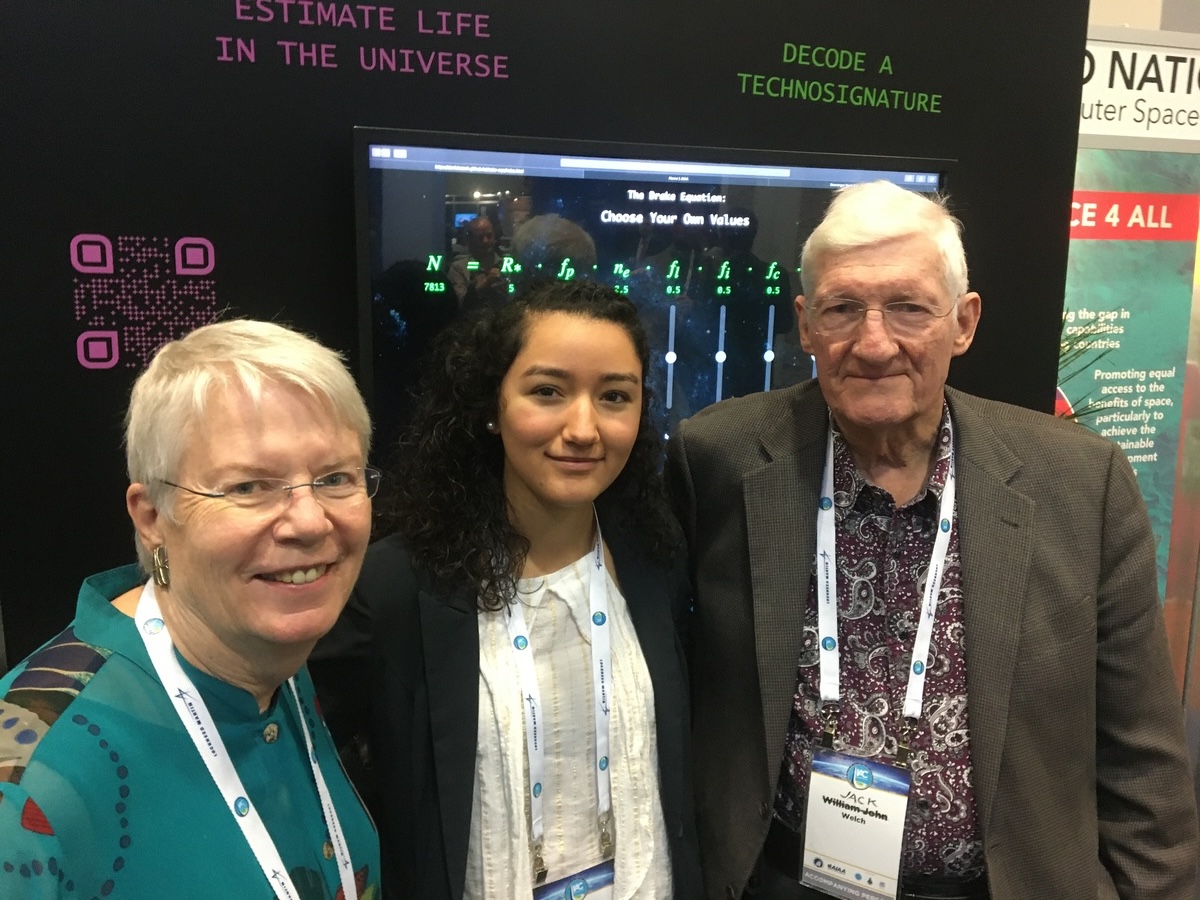
SETI Institute Names First William J. Welch Postdoctoral Fellow
#Press Releases #ATA #Fellowships #SETI #Hat Creek Radio Observatory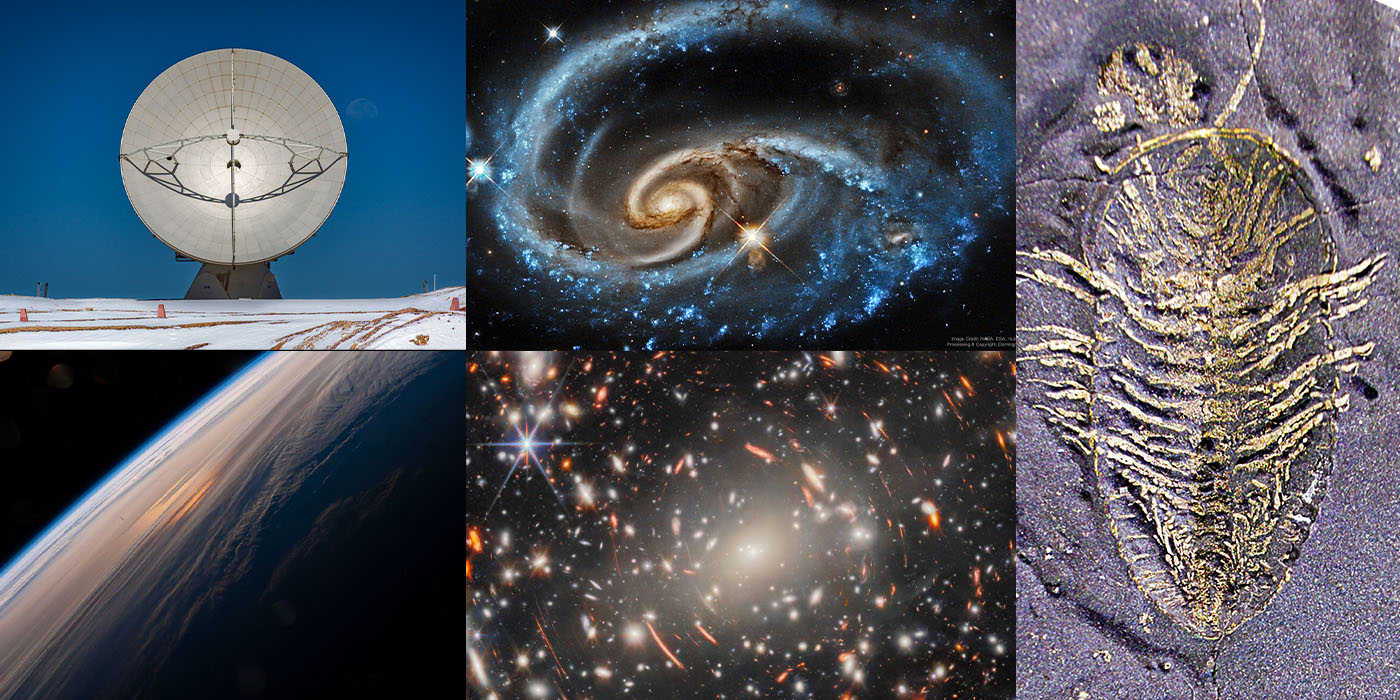
Planetary Picture of the Day - Week of June 02, 2025

Searching for Life from the Rooftops
#LaserSETI #SETI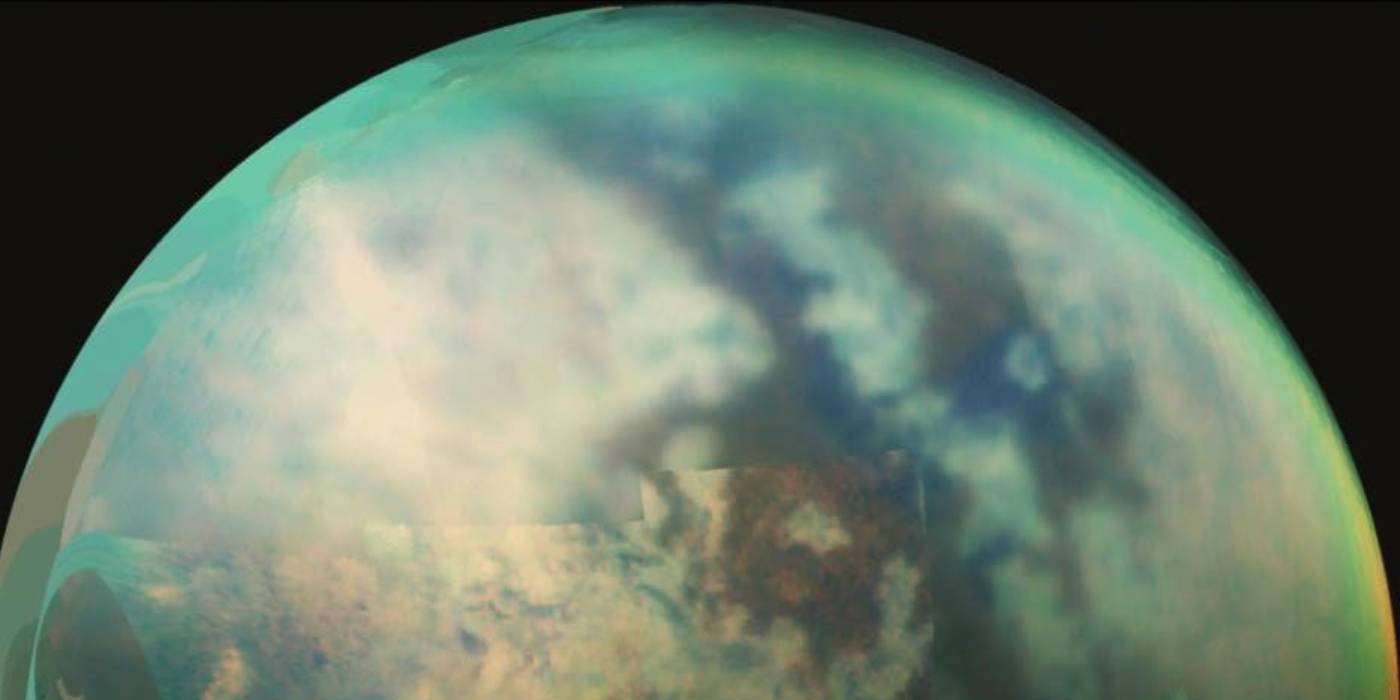
Titan’s Missing Deltas? What Cassini Saw — and What It Didn’t
#SETI Live Blog #Solar System #Astrophysics #Astrobiology #NASA Missions and Observatories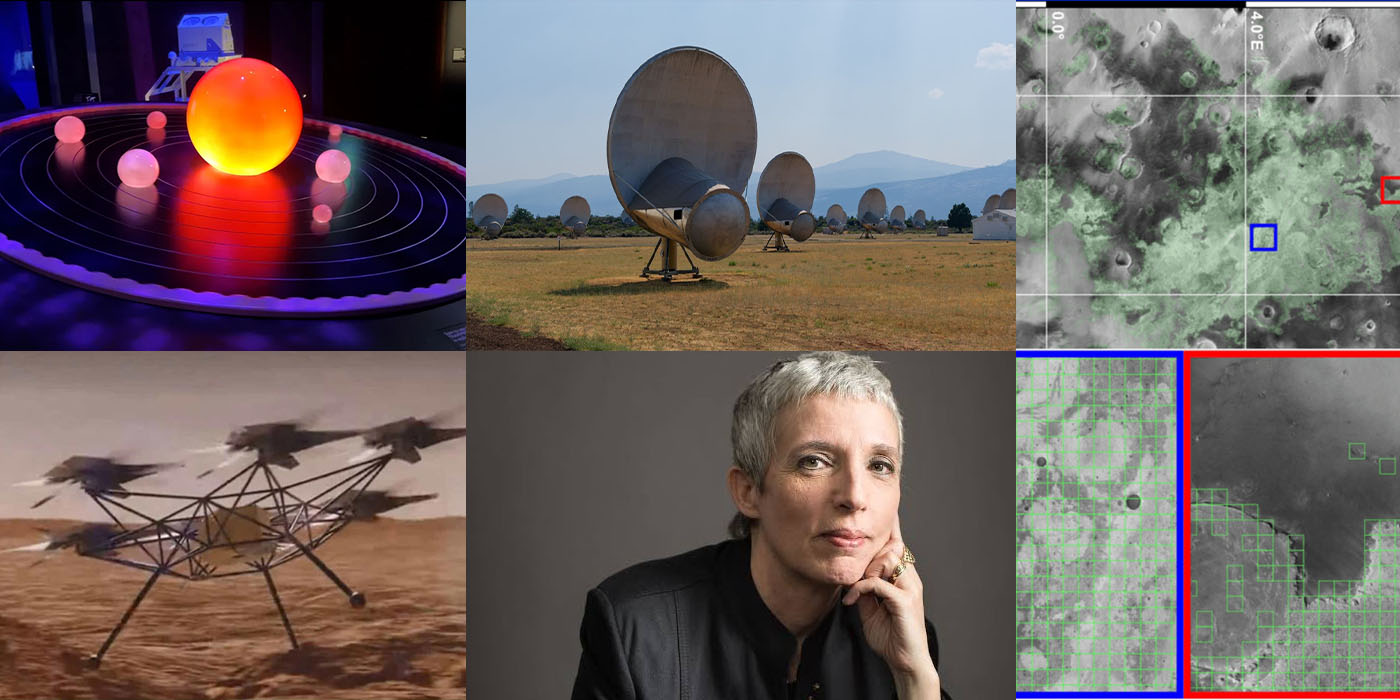
SETI Institute in the News: May Roundup
Research
Related Projects

Technosignatures SAG
Technosignatures SAG is a group of volunteer experts who have been chartered by NASA to produce a report to NASA’s Exoplanet Exploration Program, containing the results of its analysis on how NASA can better integrate technosignature search into its portfolio. #Technosignatures SAG #Technosignatures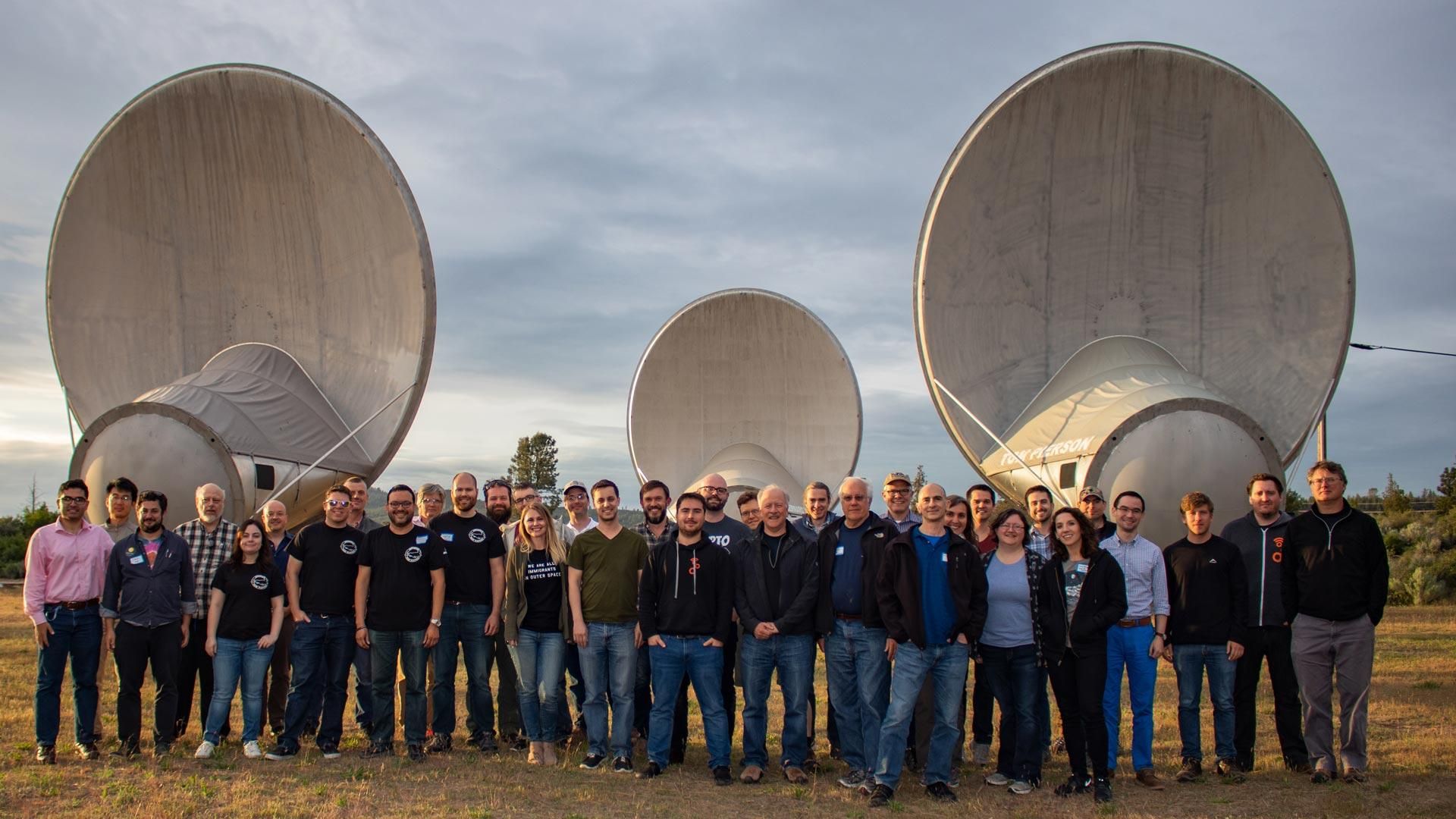
GNU Radio and SETI
GNU technology could revolutionize the development of receiving equipment for SETI (and for radio astronomy in general.) It promises to speed the design of new receivers, and to allow scientists to quickly change how data are analyzed and displayed. #GNU Radio #Radio Astronomy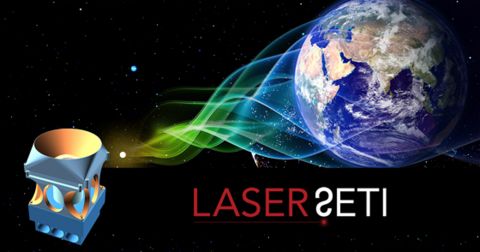
LaserSETI
SETI Institute’s LaserSETI program is building a network of instruments to monitor the entire night sky. This network represents an unprecedented growth in the continuing search for manifestations of sophisticated intelligence beyond Earth. #LaserSETI #Optical SETISupport the
SETI Institute
Scientists are getting closer in their search for life beyond earth. But with limited federal funding for the search for extraterrestrial intelligence, supporters are the reason cutting-edge scientists can keep their eyes on the sky.
)
